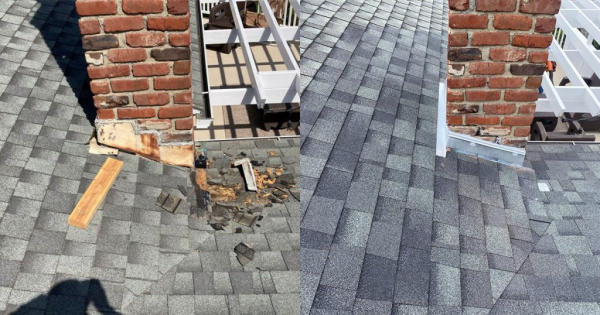So, Which Brick Pattern Suits Your Project?
The ideal layout depends entirely on your needs and space specifics. Small, curved zones often take advantage of basket weave and running bond simplicity. More expansive driveways warrant consideration of visually captivating herringbone and Spanish bond arrays requiring advanced expertise.
.jpg)
Stone dust is a powdery mixture of finely ground stones that has a sand-like texture. Though it can be a helpful base ingredient when mixed with other materials, most professionals recommend that you never use stone dust on its own as a base.
Stone dust and finely ground stone called “screenings” fall into a material category that has excessive amounts of dust particles called fines. The fines trap large quantities of water that prevent the base layer from adequately draining. According to the Interlocking Concrete Pavement Institute, this water storage compromises a base’s ability to bear and distribute loads. To keep your pavers safe and prevent them from shifting, opt for a base material with a little more durability.Compacted soil typically serves as the subgrade level underneath pavers. While you could technically lay your pavers directly into compacted dirt, this can cause issues, such as:
Poor drainage: Compacted soil is not guaranteed to drain well. Prolonged wetness and excessive moisture could cause instability and unevenness in your pavers.
Initial unevenness: Depending on the location of your pavers, it may be challenging to get a completely even surface with compacted soil alone. Even slight hills and valleys will impact the pavers without a subbase or base level.
Weather warping: If the soil underneath your pavers freezes in the winter, the ground may sink and buckle as it thaws unevenly. Any transformation in the ground will be reflected in your pavers, creating an unsafe walkway.
For security and evenness, it’s best to install your pavers into other materials on top of compacted soil.
Four or more bricks arranged around a half-brick space distinguish this visually compelling yet advanced pattern. Each cycle requires cutting a brick, prompting many beginners to purchase pre-cut kits so they can maintain the layout as it repeats. Better suited to straight path designs, Spanish bond patterns accommodate minimal curves and right angles. Achieving precision may warrant hiring masons to guarantee quality results that enhance patios and walkways aesthetically for years.




